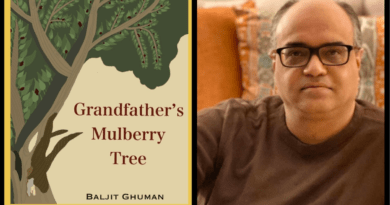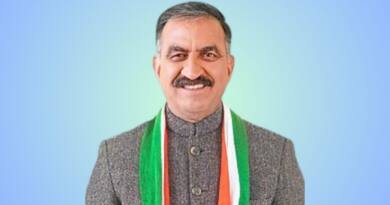The Popular Festival Of India, Returns For Its 42nd Year
On September 9 and 10, visitors from all over the nation descended upon the Greater Richmond Convention Center to indulge in a multi-sensory cultural feast. One of Richmond’s major Indian showcases, the Festival of India, returns for its 42nd year of showcasing traditional Indian food, music, dancing, and attire. According to Bina Mehta, the festival’s chair of culture, G. Kurup started the Festival of India in 1981 as a fundraiser to construct a bigger temple for the Indian population. Mehta remarked that “Dr. Kurup is the founder of the Hindu temple.” “He understood we needed a temple when the Indian community began to expand. That is when the momentum began. As the concept of an extension gained popularity, it became clear that additional funds would be required to build a larger temple, according to Mehta. Mehta added that when the volunteers needed ideas for how to generate money for the temple, they turned to their ancestral home. Mehta remarked, “In India, we had something like this sort of amusement fair.” We still have all the Indian cultural vendors, programs, food, and everything that we used to have.”
According to the festival’s website, the Hindu Center of Virginia organized the inaugural Indian Bazaar in 1981, which attracted 1,500 attendees.
20,000 individuals attended during the course of its 42-year history, according to Mehta. Mehta claims that only volunteers are used to manage the event; nobody is getting paid for this. According to Mehta, the performances are the Festival of India’s main appeal. Due to competitive events like dancing contests, the festival has experienced a surge in participation in cultural activities.
Priti Gosar-Patil, director and founder of the Kalasattva dance school, has participated in the Festival of India for the past 25 years. She saw the event develop while she was there. According to Gosar-Patil, “Now they have raised the bar for classical performances, folk dances, and Bollywood dances.” “The children and their parents give it their all because they’ve brought in the competition.”
According to Gosar-Patil, performances comprised Bollywood-inspired dances as well as the two primary forms of traditional Indian dance, Bharatanatyam and Kathak. Team Rhythm dancer Anna Sara John participated in the competition showcase on Sunday. John said that the dance we did today was in Lavani fashion. It is a Maharashtrian folk dance. Although it is not a classical dance, it is derived from one. The use of hand mudras distinguishes. Lavani from classical dances. According to Britannica, mudras are symbolic hand and finger motions. “Each finger has a different mudra, and in Lavani, it’s a free flow of the hands,” John explained.
The festival’s website states that five new categories were introduced to the competition this year. The spectacular dance performances for festival goers were White Out, Glam, Glow, and Glitter, Colors of “Kapoors,” Palette of Colors, and Spectrum of Celebration. The location was flooded with a variety of hues. Onlookers were enticed to enjoy their senses by the deep purples, blues, golds, reds, greens, and yellows. Clothing shops were filled with elaborately patterned saris and delicate Pashmina scarves. Festivalgoers were enticed to look closer by the attractively displayed semi-precious stone jewellery.
The event had a fashion display as well, showcasing various outfit trends from India and other countries. The festival’s display of Nepal’s culture via song, dance, and attire was a new feature. In addition to desserts like Pan Ladoo and Pootharekulu, a sweet wrap loaded with sugar, dried fruits, and nuts, the festival offered a range of regional specialities, from the milky Lassi to the fiery Chicken Biryani. The snack-style cuisine, such as samosas, was well-liked by attendees.
The event has drawn a sizable number of community members throughout the years, and participants have noted an increase in community and local leadership engagement. According to Bina Mehta, “The songs, the preparations, and the props used for the performances are so authentic.” “We raise the bar every year.” Mehta is upbeat about the Festival of India’s future, according to her. “You see that many people are cooperating and the event is increasing,” he said in reference to establishing the community. I believe it will last for another 30 to 40 years.




